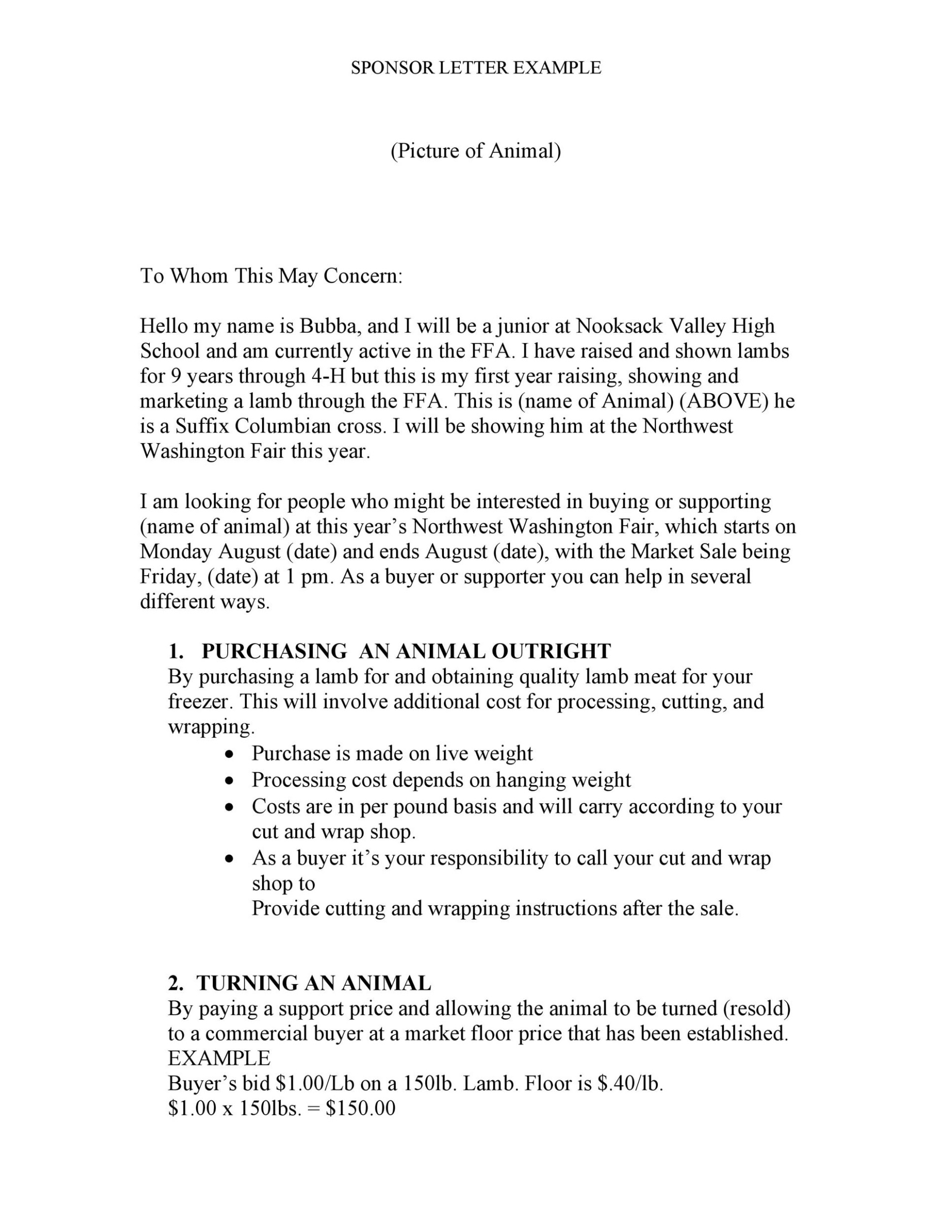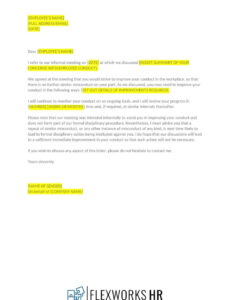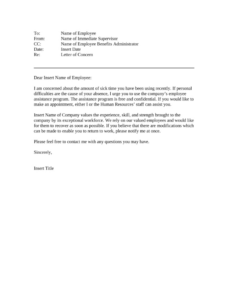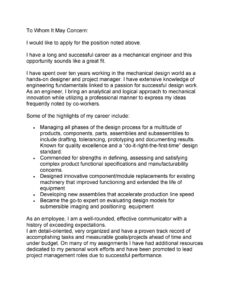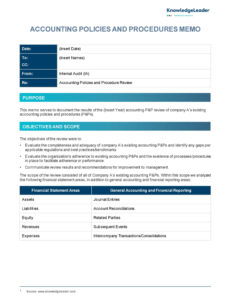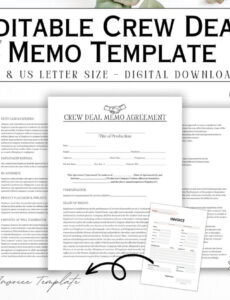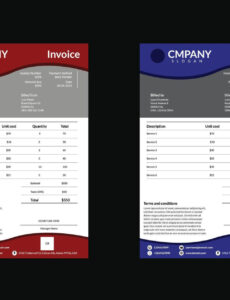Going concern memo template -Do you often feel staring at a blank page, needing to communicate something important to your work group, but not sure how to start? We’ve all been there. Crafting effective internal communication can sometimes feel like a bigger challenge than the main issue you’re trying to address. That’s where a memo template comes in handy. It provides a ready-made format, cutting down your effort and ensuring clarity in your message. It’s like a reliable guide, leading the way to effective correspondence within your organization.
A memo template is essentially a ready-to-fill file that provides a framework for writing clear workplace notes. It includes all the key components, like the main header fields, as well as space for your content. Imagine a ready-to-customize layout to memo writing. Instead of starting from scratch each time, you can simply open the template, plug in your specific information, and customize it to your purpose. This not only reduces your effort but also keeps your messages uniform.
The advantages of adopting a memo template reach beyond basic ease. In today’s rapid corporate world, efficiency is key. Leveraging a formatted design cuts time spent that would otherwise be spent formatting and structuring your message from scratch. This allows you to focus on the content itself, ensuring accuracy and clarity. It’s like a communication cockpit checklist, ensuring all important details are included before sending.
What makes memo templates a workplace revolution? The answer lies in its ability to make writing memos fast and stress-free. When memo layouts are unified across departments, it creates a consistent and refined brand presence. This shared format boosts brand alignment and speeds up communication.
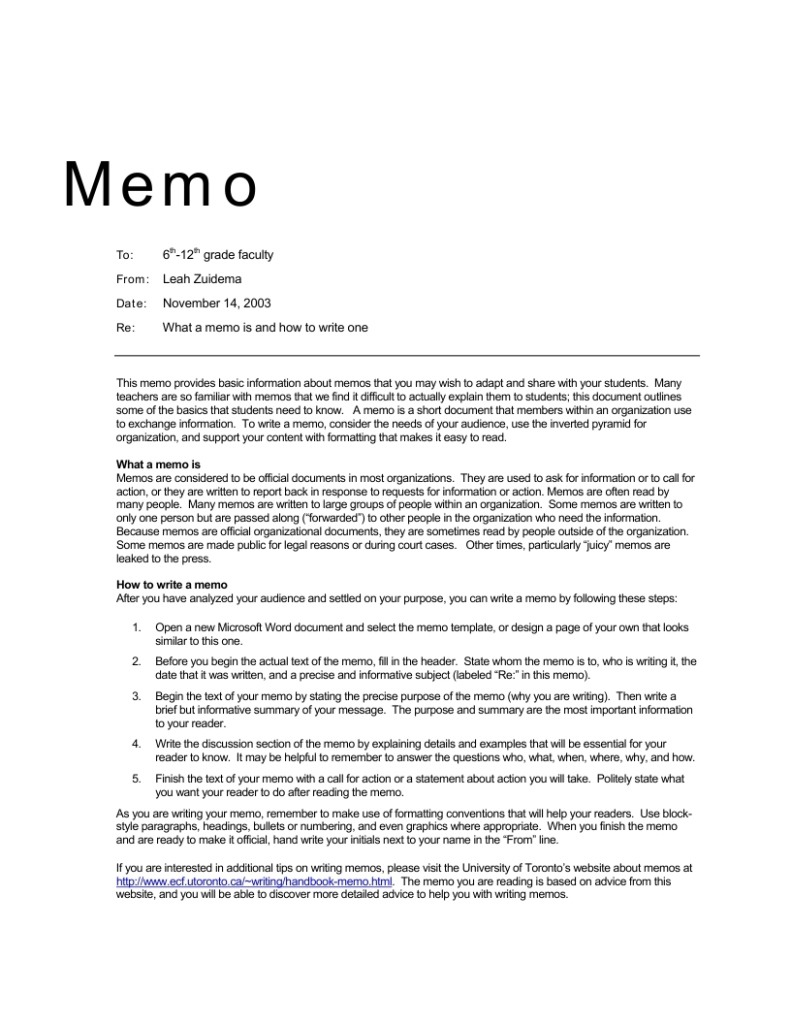
Beyond saving time, a fixed layout keeps messaging consistent across your business. When everyone uses the same format, memos become quick to scan and easy to absorb. This instills brand cohesion and makes it simple for readers to grasp the goal. Consider it a branding strategy for memos. That supports streamlined workflows and understanding.
So, what key parts belong in a memo template? The basic elements typically include the following labels: To, From, Date, and Subject. The “To” section specifies the intended audience. The “From” section provides the writer’s name. The “Date” specifies when the memo was written, and the “Subject” states the purpose of the communication. These four elements alone can make a huge difference!
Once the header areas are filled, the memo content should be brief, focused, and effective. Start with a brief introduction stating the purpose of the memo. Then, provide the necessary details, supporting information, and any required actions. Use lists or line breaks to separate dense sections and help readers digest it faster. And remember, always double-check the document prior to delivery to ensure accuracy and clarity.
An additional helpful source is online template libraries. Websites like Microsoft Office Online, Canva, and Template.net offer a wide variety of free memo templates for various purposes. You can often customize your search according to style, type, or file kind to select what suits you best. Be sure to check the terms of use for any template you get to ensure it’s licensed for your intended use.
While picking a complimentary memo layout, keep in mind what the memo is for. Are you introducing a new guideline, seeking input, or giving a general update? Different types of memos may call for varied designs. For example, a new rule may need a formal design and voice, while a progress note might lean toward a friendly style.
You can find a variety of built-in memo templates in Microsoft Word. Simply navigate to Word, select ‘New’ under ‘File,’ and look for memo templates. You’ll find a range of templates to choose from, from minimal and plain to polished and eye-catching. These templates are easy to customize and integrate seamlessly with Microsoft Word’s features.
Regardless of the free memo template you choose, remember that the core element is the message itself. A well-designed template can enhance your message, but it’s the clearness and precision of your message that will ultimately determine its effectiveness. Take the time to carefully craft your message, check it for mistakes, and confirm it delivers what you mean to say.
As a final tip, consider designs that include guidance or writing tips on writing effective memos. Some templates feature example content or layout advice to strengthen your memo. This can be particularly useful if you are new to memo writing or if you want to improve your communication skills. Make sure that the template meets your expectations. When internal communications are shared clearly and consistently, things run more smoothly and goals become more reachable. That is the power of using the right memo template. It’s a straightforward way to get your ideas to other people and make sure everyone’s informed.
